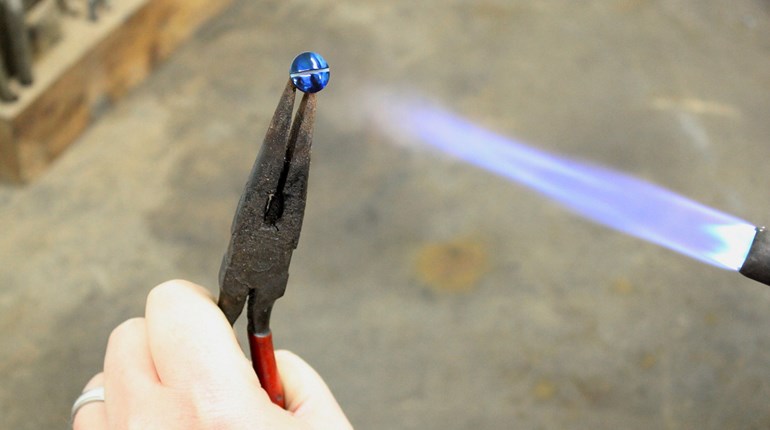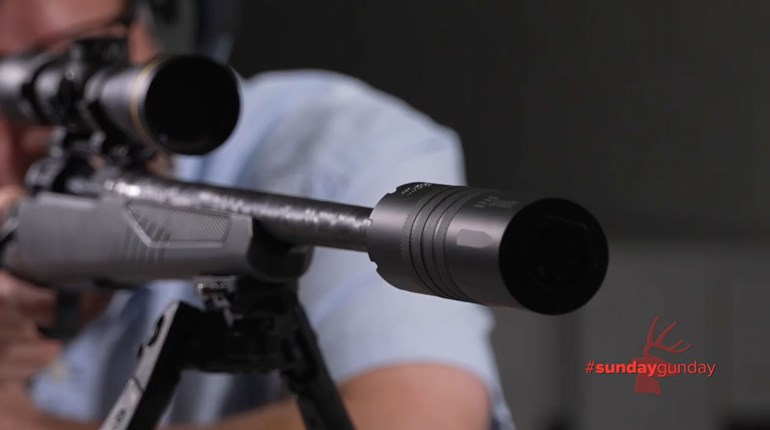
Hunting mule deer across the vast expanses of the West is an addictive pursuit, but success does not come easily. Hanging your tag on a mature, public-land mule deer is a grind that will test every ounce of your hunting skills and still require a small dose of luck to fall your way.
As an avid archery hunter, I dedicate the months of August and September to pursuing cagey muleys with my bow. To do so successfully requires me to start early and get in close. But the tactics I learned during the early season with my bow can be applied to rifle and muzzleloader hunting as well, at any time, and when utilized will unquestionably increase the odds of punching your next mule deer tag.
Early-Season Hunts Require Pre-Season Scouting
This tactic surely sounds like a broken record, but the first tip any successful early-season mule deer hunter will tell you is to scout early and often. During the summer months on through the latter end of September, bucks tend to congregate in bachelor groups. They are extremely patternable during this time and typically occupy a relatively small home range. By late June bucks have grown enough antler for you to be able to start putting together what will and won’t be a shooter buck. Cover lots of country and spend hours behind your glass during these crucial weeks and months leading up to opening day. Finding and patterning a worthy buck before the season starts will put you miles ahead of the competition.
The month of October is a prime month to capitalize on your early-season scouting. Once bucks strip their velvet, they become much more cautious and fall into their yearly ritual of evading hunters by limiting their daytime movement. It is easy to get discouraged, but stick to your guns and the knowledge you gained scouting. Just because you are not seeing your target buck as frequently as you did in the months of August and September, it does not mean he is gone forever. In fact, more than likely he hasn’t moved. Diligently glass every nook and cranny of your target buck’s home during the prime time in the mornings and evenings. Chances are he will make a mistake at least once during the hunt. You just have to hope you are within striking distance when he does.

Stalk Execution
Our initial response after locating a mature buck is to jump into action, often overlooking the detrimental ramifications of a blown stalk. Big bucks grow big for a reason—they avoid hunters. Chances are if you blow a stalk, especially if a buck winded you, you may not see that buck again for several days.
Avoid this mistake by methodically planning your stalk, identifying the pros and cons of your every move before taking off. If the cons outweigh the pros, sit back and wait for another opportunity to develop. Passing a marginal stalk opportunity while waiting for a “golden” stalk opportunity will pay off in the end.
Thermal Recognition
Understanding the rise and fall of mountain thermals is simple in theory, but in practice it can be a bit different, and playing the thermals is a critical component to getting close to your target buck.
As the sun rises, so do the thermal winds—sounds simple enough, right? Don’t be fooled. The upward thermals typically do not stabilize until after 10 a.m., and swirling thermals can create havoc on a stalk attempt. With very few exceptions, your best bet will be to wait for a target buck to bed and the thermals to stabilize before attempting a stalk. You may be able to get away with a little bit of noise if you move slowly enough, but make no mistake, as soon as that buck smells you, the gig is up.
Stationary vs. Mobile
Every stalk scenario presents its own set of factors that must be taken into consideration. But without a doubt, one of the most common mistakes I see mule deer hunters make, especially archery hunters, is commencing a stalk while the deer is still on its feet. If your buck is leaving the area and you know where he is headed, great, you can attempt to cut him off. However, your best odds of slipping into shooting range of a mature mule deer are had after they bed down for the day. Stalking a stationary, bedded buck as opposed to one on its feet eliminates the guesswork when you inevitably don’t know where your target is or what it is doing. It also allows you to determine an approach route that takes the wind and the buck’s visibility into the equation.

Patience Kills Big Bucks
We’ve all been here: countless days and hours scouting and preparing come to a head as you find yourself within striking distance of a bedded buck. Impatience begins to seep in, and attempting to get the buck to stand, you throw a rock or let out a low grunt. You were anticipating a perfect shot opportunity, only to watch the buck jump up and blow out of the country. I have seen this exact scenario play out many times (I am a slow learner), but over the years I have learned that success comes more often when I battle through the physical and mental fatigue that sets in after waiting for hours on end for a buck to stand and present a good opportunity. Sometimes it works out, other times it does not. But my personal experience, and that of the dozens of archery hunters that I have guided, is that you are much better off waiting for a buck to stand on its own accord. Doing so will result in a relaxed buck that is much more likely to present a shot and less likely to duck your arrow or blow out.
Real World
Tucked behind a cluster of sage, I could see the antler tips of the unsuspecting buck bedded on the shady side of a shallow ravine 36 yards below me. The subtle crosswind was not ideal, but the rising thermals were in my favor. It was now a brutal game of patience and determination, battling the beating rays of the August sun while praying the buck would stand up and present a shot. The minutes rolled into an hour, and then two. My mind wandered, taunting me to toss a rock to get the buck to stand. Experience told me otherwise, reminding me that the long game had yielded greater success in the past.
My last sliver of shade had faded away, the sweltering sun now hovered directly above me. But I knew that meant the buck’s shade was depleted as well. It was only a matter of time before the heat would get to him and force him to move and change his bed. I was right. With little warning the buck stood, stretched his legs and scanned his surroundings. When he put his head down, I slowly came to full draw. The buck caught my movement out of the corner of his eye, but it was too late. The Easton Axis arrow tipped with a G5 T3 broadhead ripped through his vitals, leaving an impressive blood trail as the buck bounded down the sage-choked draw to his final resting place.
Public-land mule-deer hunting is not for the weary, but if you are up for the challenge, there are few pursuits more rewarding. Deer behavior will vary with the changing of the seasons but rest assured, employing these tactics on your next hunt will give you an edge and increase your odds of punching a tag.



































